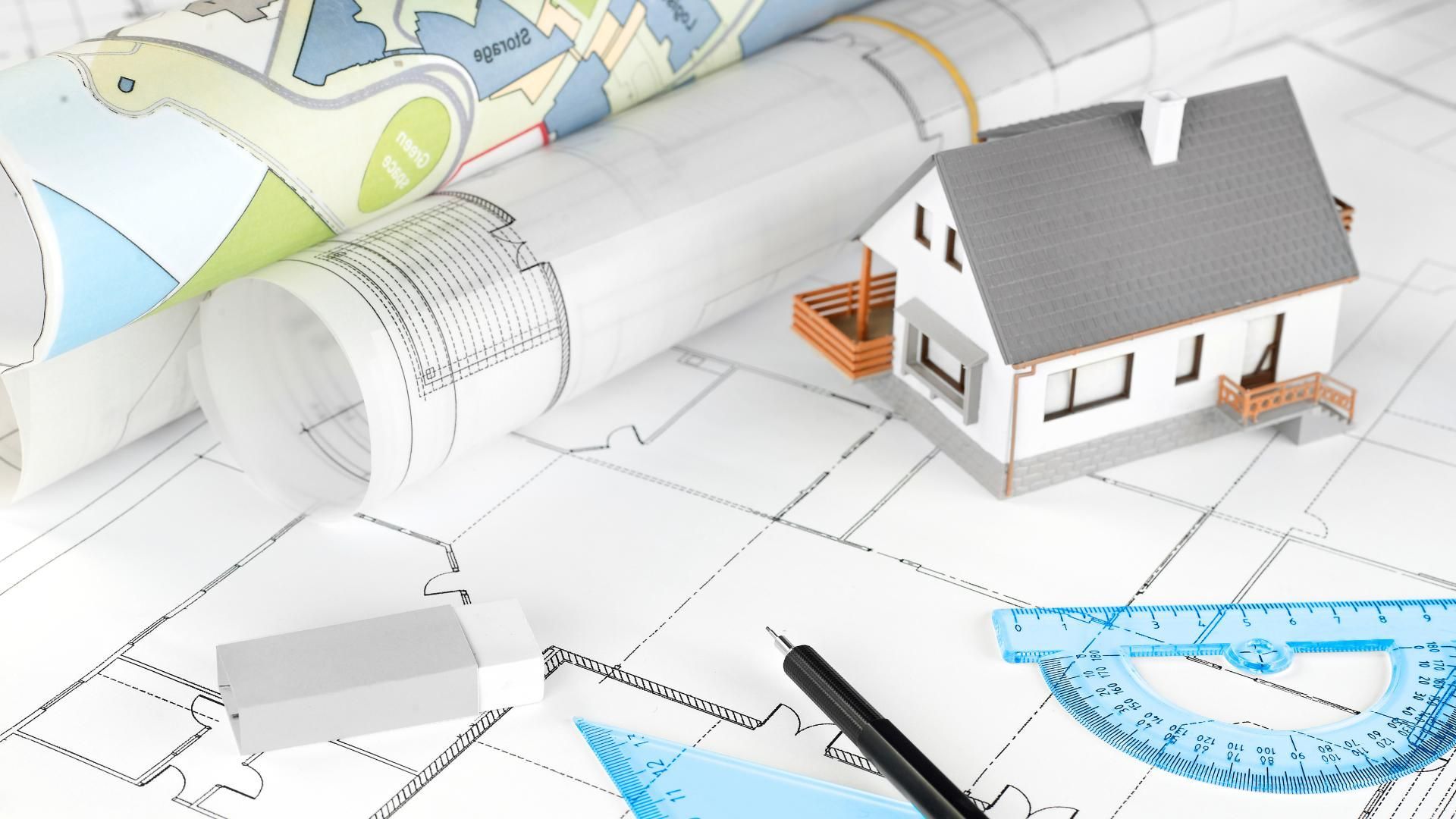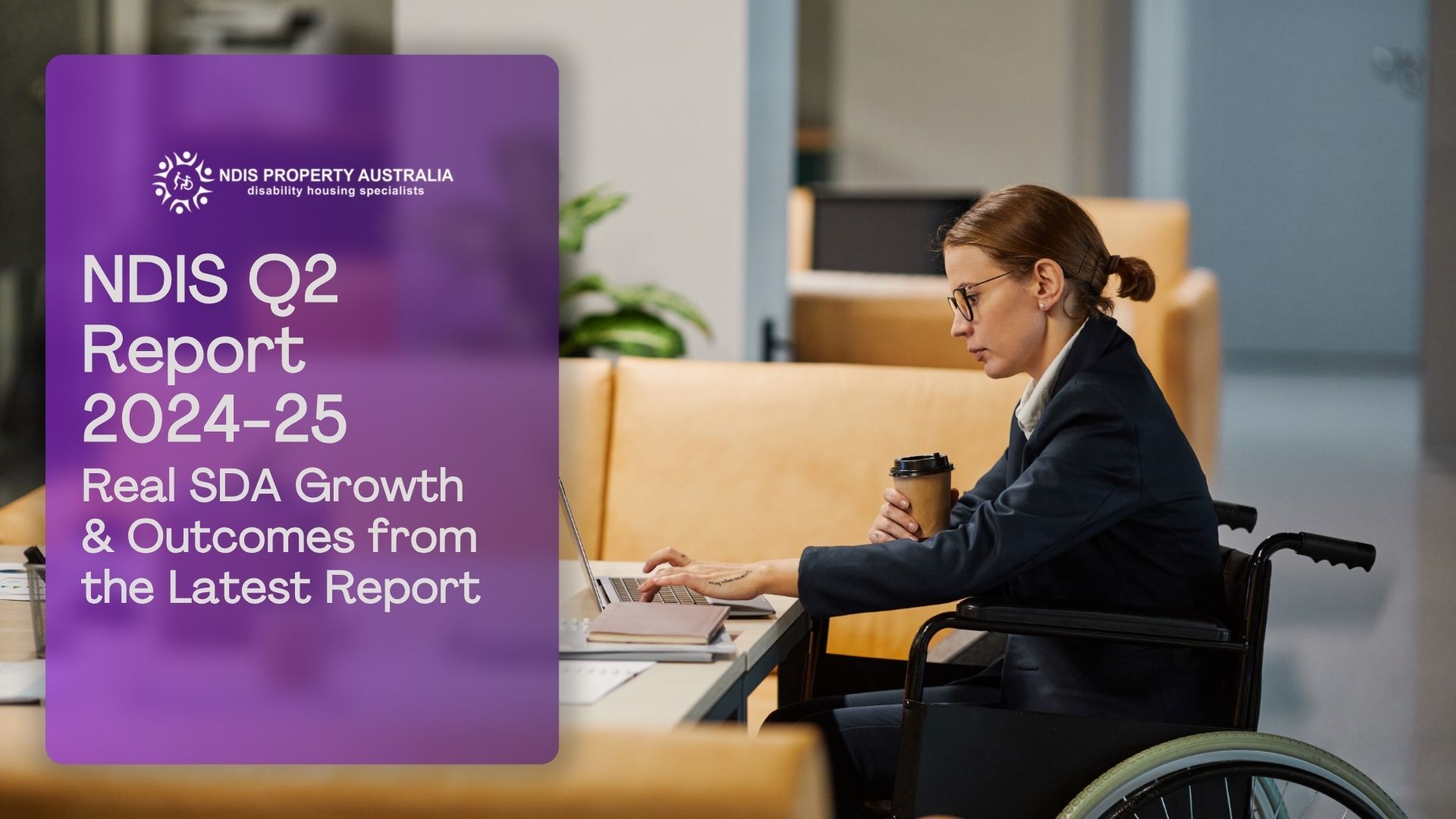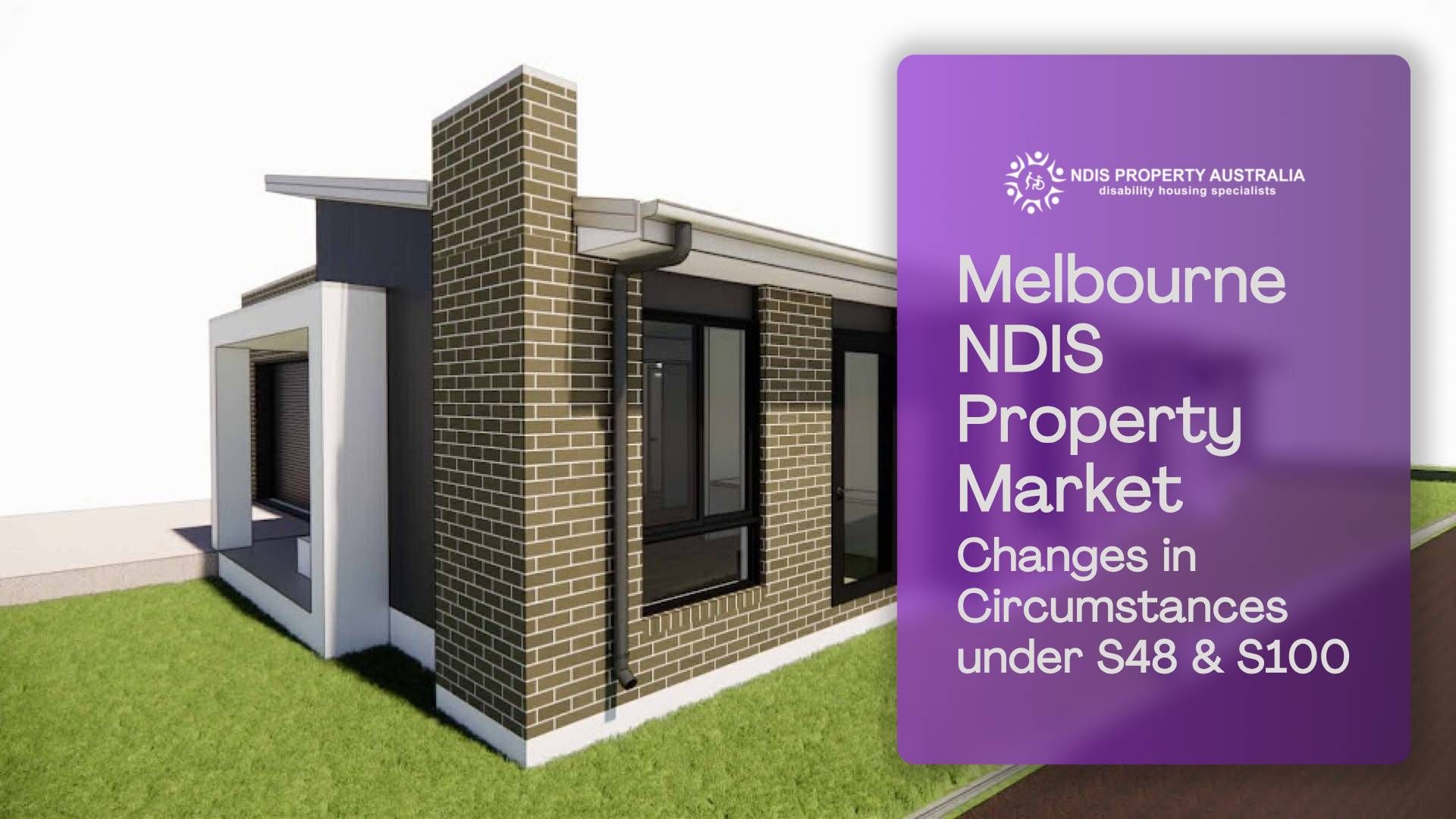Maximise Your SDA Housing Investment: Key Insights and FAQs Answered
Investing in Specialist Disability Accommodation (SDA) properties are no secret highly rewarding both financially and personally. However, understanding the SDA housing market often raises numerous questions for investors. The SDA standards, the choice between building new properties or buying existing ones, and the uncertainties surrounding future market trends can make the investment process seem challenging. Many potential investors are left wondering how to maximise their returns while ensuring compliance with NDIS requirements.
In this guide, we aim to address these challenges by answering some of the most frequently asked questions about SDA housing. Whether you're curious about the differences between built properties and home and land packages, the feasibility of converting existing homes, or the current state of the construction industry. Let’s look into the key aspects that every investor should consider when considering SDA housing.
Read also: NDIS 2.0 Overview for Investor
What are the Differences Between Built Properties and Home and Land Packages?
Built properties are rare in the SDA market because the standards for SDA housing were formalised only in 2016. These properties are ready to occupy, and some may already have participants living in them. They often come with a higher upfront cost due to their immediate availability and existing tenant arrangements. However, there might be issues with compliance with the latest standards or suitability for future participants.
On the other hand, home and land packages allow investors to build NDIS housing tailored to current SDA standards from the ground up. This ensures that the property meets all necessary regulations and standards. While this option typically involves a longer timeframe from purchase to tenant occupancy due to the need for construction, it may require lower initial costs. However, investors must manage the construction process and associated timelines.
Should I Build or Buy a Home and Land Package?
Is it better to build or buy a home and land package for SDA investment? The answer depends on various factors, including potential future-proofing, location, and ease of finding participants. Building NDIS housing as part of a home and land package allows for customisation to meet current standards, ensuring compliance and attractiveness to tenants.
Understanding the advantages and disadvantages of each option can be confusing. Building new SDA properties provides the flexibility to meet specific needs and standards from the outset, making them a reliable choice for most investors.
Can Existing Houses Be Converted Into SDA Properties?
"Can I convert my existing property into an SDA home?" This is a common question, and while it might seem like a good idea, converting older properties is often discouraged. The costs of renovations can be substantial, often making it more economical to build new SDA housing from scratch.
Why is building new properties favoured over renovations? New builds provide better living experiences for participants and meet current SDA standards. This ensures that the properties are suitable for the intended residents and comply with all regulations. Misconceptions about the feasibility and costs of renovating existing properties can lead to poor investment decisions. Building new SDA housing is generally more straightforward and provides a higher quality living environment, making it the preferred option for most investors.
Investors might be unaware of the significant investment required for conversions. Ensuring that a property meets all SDA standards through renovation can be both challenging and costly. According to the NDIS guidelines, the minimum amount required for renovations is high, sometimes nearing the cost of building a new property.
For example, the minimum amount for Improved Liveability (IL) renovations is about $400,000, while for High Physical Support (HPS) renovations, it is approximately $550,000. These high costs often make building new properties more economical than renovating existing ones.
What is the Current State of the Construction Industry for SDA Housing?
The market for Specialised Disability Accommodation (SDA) homes is set to evolve significantly over the next decade, driven by a growing demand as more participants transition from legacy homes.
Currently, there are around 22,000 participants funded for SDA, and approximately 7,000 of them are already living in SDA properties. This means that about 15,000 participants are still in legacy homes, group homes, or other non-SDA-compliant accommodations. Over time, these 15,000 participants are likely to move from their current residences to newly built SDA homes, approximately 23,000 participants (15,000 currently in legacy homes plus 8,000 newly funded and eligible) will likely move into SDA properties as these homes are built and become available. Additionally, the NDIS has estimated that by 2042 there will be approximately 14,000 extra participants with SDA funding.
However, uncertainty about long-term yields and potential market saturation can be a concern. The government's ongoing support for the SDA scheme and the increasing number of eligible participants ensure a steady demand for well-designed, new and well-maintained SDA properties. Future government policies will likely continue to incentivise SDA development, impacting yields and market stability. While predicting policy changes can be challenging, the strong support for SDA housing encourages further development and provides a stable foundation for investment returns.
What Can Investors Expect in Terms of Profit from SDA Properties?
Income depends on participant funding levels, property type, and location factors. Understanding these variables is key to predicting and optimising returns from your SDA investment.
Each participant category under the NDIS has different funding levels. For instance, High Physical Support (HPS) participants attract higher funding compared to those requiring Improved Liveability (IL). Additionally, the type of SDA housing—be it apartments, houses, or villas/duplexes affects the income. Location also plays a crucial role; areas with higher demand or that require higher build costs for SDA properties often offer better returns.
Read also: Understanding Fee Structures in SDA Housing: Fee Servuce vs Fee to Engage
Typically, an SDA property can generate gross income ranging from $50,000 to well over $100,000 per year, depending on the participant mix and funding levels. After accounting for expenses such as maintenance, management fees, and mortgage payments, net profits can be substantial. For example, a well-designed and well-located property should net at least $50,000 per year.
The various factors that influence SDA property income can be complex. Properly structured SDA housing can yield substantial profits, especially when investments align well with the funding criteria and participant needs.
Net profits from an SDA property can vary based on participant mix and location, but an example breakdown shows potential returns. For instance, properties with high physical support participants in favourable locations can generate significant income. Accurately estimating profits from SDA investments involves considering all influencing factors. Well-designed SDA properties in strategic locations are highly profitable.
Looking for More Information?
Investing in SDA housing within your Super is a smart move for those seeking positive cash flow and tax benefits. If you're ready to explore this streamlined approach, NDIS Property Australia is here to help. Visit our SMSF Property Investment page to learn more, or contact us directly to discuss your options with our experts. Make your investment journey easier and more profitable with NDIS Property Australia.
The market for SDA housing is growing, and staying updated with industry trends and regulations will help you succeed in this sector. For further guidance and to explore investment options, reach out to NDIS Property Australia. We're here to support you in making the most of your SDA housing investments.




